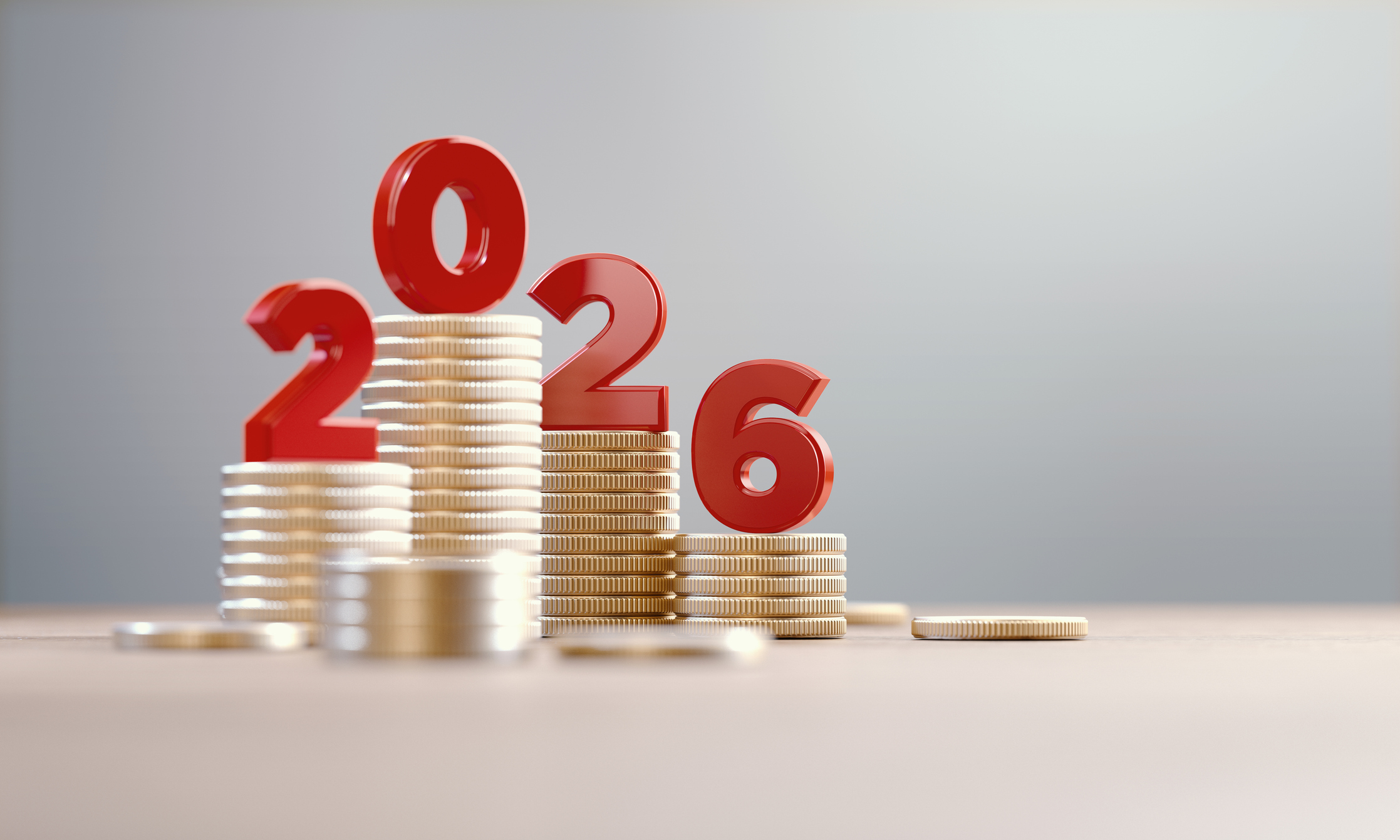Gold expands its horizons – but is it enough to drive prices?
Gold is increasingly being used in industry, be it for nanotechnology, cancer therapy or fighting malaria. But is this demand enough to boost prices?


Never mind central banks, investment banks or private investors. The jewellery industry is, by some margin, the single largest buyer of gold, comprising almost 50% of annual demand for the yellow metal. Another 23% stems from investment, and 21%, last year at least, came from central banks. Just 6% of the demand for gold is industrial (excluding jewellery, of course).
Demand from technology is at the margin, but might we see growth there? Let’s investigate. While silver and copper are better conductors of electricity, gold is more resistant to corrosion and oxidation. Therefore, it finds considerable use in electronics as a coating, especially where long-term stability is important. It is used to cover connectors, switches and relay contacts; in printed circuit boards, microprocessors and memory chips. This resistance means it is utilised in both aerospace and outer space, where it coats satellite components and spacecraft.
At the final frontier, it can reflect infrared radiation and protect the craft from overheating, which is key in the huge temperature fluctuations of outer space. It is also used in the heat shields that protect sensitive equipment from high temperatures during re-entry into Earth’s atmosphere. The cord binding an astronaut to their spacecraft is plated with gold. The visors of astronauts’ helmets are plated with it to protect their eyes from harmful ultraviolet radiation. Ultimately, gold’s permanence is the fundamental reason for its use. You need durable materials when you send a spacecraft to outer space – you can’t repair it. Space usage is not yet significant enough radically to affect demand for gold, but that could change dramatically as space exploration increases.
MoneyWeek
Subscribe to MoneyWeek today and get your first six magazine issues absolutely FREE

Sign up to Money Morning
Don't miss the latest investment and personal finances news, market analysis, plus money-saving tips with our free twice-daily newsletter
Don't miss the latest investment and personal finances news, market analysis, plus money-saving tips with our free twice-daily newsletter
At the 2021 Olympics in Tokyo, the metals to make the medals came from a recycling initiative. The Japanese handed in nearly 80,000 tonnes of electrical gadgets, including laptops, digital cameras, gaming devices and six million phones. The appliances yielded 32kg of gold and 3,500kg of silver. There is, I learn, about 80 times as much gold in one tonne of mobile phones as there is in a typical tonne of rock at a gold mine. Increased high tech means greater demand for gold, but perhaps not enough to affect the price.
Will gold rally?
Gold’s reflective properties, combined with its stability, mean it finds use in optics: in lenses and mirrors, especially space telescopes, to reflect infrared light. Gold plates the mirrors of the celebrated James Webb telescope, the largest optical telescope in space, to optimise the mirrors’ function, allowing it to view objects too old, distant or faint for the Hubble Space Telescope. There is a Canadian company, Totenpass, which has been developing some interesting gold tech, also related to gold’s longevity: “a permanent digital storage drive constructed from solid gold that requires no energy and has no movable parts. This technology allows for the permanent storage of precious digital data, thereby eliminating any future dependence on the internet and the vast amounts of energy presently required to store content”. Here, it seems, is a very modern application for the extraordinary permanence of gold.
Gold is increasingly being used in nanotechnology. Gold nanoparticles are used in photonics (the science of light waves), especially in the development of light-based technologies for imaging and sensors. Gold’s inertness makes it an excellent material for nanoparticles used as catalysts in various chemical reactions. For instance, gold nanoparticles are employed in the oxidation of carbon monoxide in air-purification systems. Researchers are also exploring gold’s potential as a catalyst to improve renewable energy efficiency and solar cells. Again, its conductivity and resistance to oxidation make it ideal for nanoscale electronic components.
As for the medical industry, gold and healing have a long intertwined history. Gold was associated with the sun gods who bestowed health and vitality, or “helped the body produce vitamin D”, as we might put it today. Gold nanoparticles are used today in medical diagnostics and treatments, including targeted drug delivery and cancer therapy because they can easily be detected and manipulated. Additionally, gold’s biocompatibility ensures it does not provoke an immune response, making it suitable for use in various biomedical applications. In 2013, researchers found that gold nanoparticles reduced the ability of HIV to reproduce and infect new cells.
Gold is also becoming one of the weapons in the battle against malaria. Of the hundreds of millions of malaria tests sold each year, many contain the yellow metal: gold nanoparticles bind with specific malaria antigens, which help quick and accurate detection of the disease. The test results can be ready in 15 minutes. Gold nanoparticles are also being used in building materials to enhance strength and thermal regulation. Coating glass with gold can reflect the sun’s heat in summer, while bouncing internal heat back into rooms in winter, resulting in substantial energy savings. It is corrosion-resistant too, which increases longevity. To use gold on a roof or façade is extravagant, but perhaps not as extravagant as you might think: an ounce of gold will cover up to 1,000 sq ft (90 square metres) in gold plate and it brings substantial savings.
All in all, exciting stuff, but none of this demand will be enough to affect the price of gold. In most cases, we are talking about plate and nanoparticles. The main sources of demand for the yellow metal will remain what they have always been: as a store and a display of wealth. Jewellery and investment, in other words.
This article was first published in MoneyWeek's magazine. Enjoy exclusive early access to news, opinion and analysis from our team of financial experts with a MoneyWeek subscription.
Get the latest financial news, insights and expert analysis from our award-winning MoneyWeek team, to help you understand what really matters when it comes to your finances.
Dominic Frisby (“mercurially witty” – the Spectator) is as far as we know the world’s only financial writer and comedian. He is the author of the popular newsletter the Flying Frisby and is MoneyWeek’s main commentator on gold, commodities, currencies and cryptocurrencies. He has also taken several of his shows to the Edinburgh Festival Fringe.
His books are Daylight Robbery - How Tax Changed our Past and Will Shape our Future; Bitcoin: the Future of Money? and Life After the State - Why We Don't Need Government.
Dominic was educated at St Paul's School, Manchester University and the Webber-Douglas Academy Of Dramatic Art.
You can follow him on X @dominicfrisby
-
 PayPoint: A promising stock for income-seekers
PayPoint: A promising stock for income-seekersPayPoint, a household name across Britain, is moving away from its traditional roots toward a digital future. Investors after a steady income should buy in
-
 Invest in forestry: a tax-efficient way to grow your wealth
Invest in forestry: a tax-efficient way to grow your wealthRecord sums are pouring into forestry funds. It makes sense to join the rush, says David Prosser
-
 PayPoint: a promising stock for income-seekers
PayPoint: a promising stock for income-seekersPayPoint, a household name across Britain, is moving away from its traditional roots toward a digital future. Investors after a steady income should buy in
-
 Investing in forestry: a tax-efficient way to grow your wealth
Investing in forestry: a tax-efficient way to grow your wealthRecord sums are pouring into forestry funds. It makes sense to join the rush, says David Prosser
-
 The MoneyWeek investment trust portfolio – early 2026 update
The MoneyWeek investment trust portfolio – early 2026 updateThe MoneyWeek investment trust portfolio had a solid year in 2025. Scottish Mortgage and Law Debenture were the star performers, with very different strategies
-
 Pundits had a bad 2025 – here's what it means for investors
Pundits had a bad 2025 – here's what it means for investorsThe pundits came in for many shocks in 2025, says Max King. Here is what they should learn from them
-
 The MoneyWeek ETF portfolio – early 2026 update
The MoneyWeek ETF portfolio – early 2026 updateThe MoneyWeek ETF portfolio had a solid year in 2025 and looks well placed for what the next 12 months may bring
-
 'Investors should brace for Trump’s great inflation'
'Investors should brace for Trump’s great inflation'Opinion Donald Trump's actions against Federal Reserve chair Jerome Powell will likely stoke rising prices. Investors should prepare for the worst, says Matthew Lynn
-
 The state of Iran’s collapsing economy – and why people are protesting
The state of Iran’s collapsing economy – and why people are protestingIran has long been mired in an economic crisis that is part of a wider systemic failure. Do the protests show a way out?
-
 The rise and fall of Nicolás Maduro, Venezuela's ruthless dictator
The rise and fall of Nicolás Maduro, Venezuela's ruthless dictatorNicolás Maduro is known for getting what he wants out of any situation. That might be a challenge now
